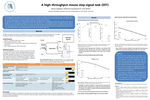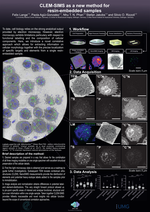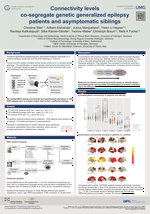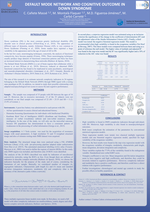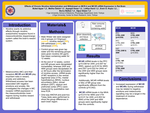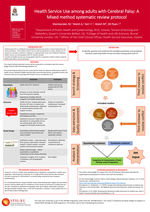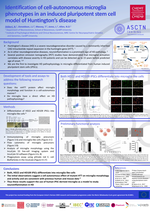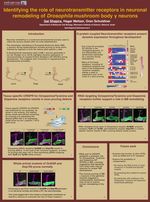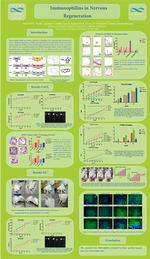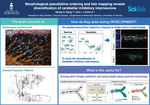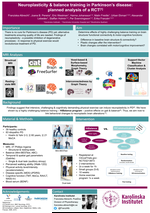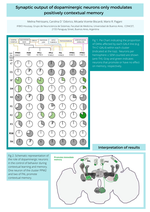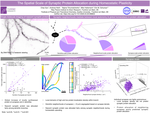Welcome to our Abstract Gallery
Below you will find the abstracts submitted to our conference in alphabetical order (according to their titles). For some abstracts, poster images are available as PDF. You may use the search function (top right) to look for specific terms. Clicking the abstract title will open the full abstract (when available). If you wish to enlarge the poster image, click on the ‘PDF’ button. The abstracts are assigned to the following poster sessions (times are in CEST/UTC+2):
- A1 Wed, May 27, 14:15 - 15:00
- A2 Wed, May 27, 15:00 - 15:45
- B1 Thu, May 28, 13:15 - 14:00
- B2 Thu, May 28, 14:00 - 14:45
- C1 Fri, May 29, 14:00 - 14:45
- C2 Fri, May 29, 14:45 - 15:30
In this table you will find links to Q&A video-calls with the authors
